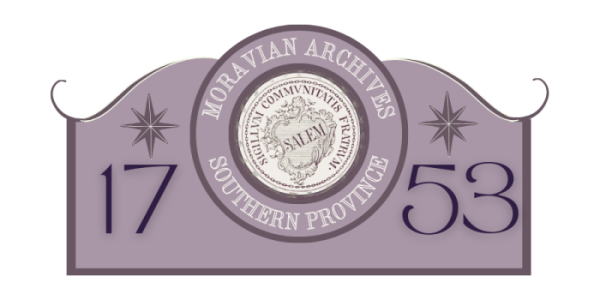Friedland Moravian Church
If it hadn’t been for bad weather and a bad business deal, Friedland would not exist. In the 1740’s and ’50’s a number of Germans came to the New World and settled in Broadbay in what is now the state of Maine. But the New England climate was too harsh for some of them, and questions arose over ownership of the land. They determined to move — but where?
It so happened that their pastor was George Soelle, a Moravian minister, and he knew that his church had recently bought Wachovia, consisting of 100,000 acres of land in North Carolina. So the families set sail, and enduring shipwreck, seasickness, and fever, they arrived in Wachovia in two waves in November 1769 and autumn 1770.
This time the Broadbayers found a place where they could stay. The Moravian Church set aside about 2,000 acres of land for them, and each family took up 200 acres, with 30 acres in the middle reserved for the church. The settlement was organized into a society of the Moravian Church on July 21, 1771, and the name Friedland (Land of Peace) was given to it.
Work on a meeting house went slowly, but on February 18, 1775, the society welcomed Tycho Nissen as its first pastor and the building was consecrated with a lovefeast. Friedland was formally organized as a congregation of the Moravian Church on September 3, 1780.
Through shifting currents of Methodism, rising tides of Baptists, loss from migration westward, frequent inability to support their pastor, and sometimes Provincial neglect, the Friedland congregation has quietly progressed.
The first meeting house served Friedland for almost three-quarters of a century, until it was removed to make way for the second church, which was consecrated on October 31, 1847.
The second church served Friedland for more than a century, and when the new brick sanctuary was opened for worship on December 21, 1952, the service began in the old building and progressed into the new. The new church was dedicated on December 18, 1953.
Now once again Friedland is building, starting with a new drive-up entrance and elevator, then classrooms and kitchen, and in the long-range plans a large family life center to add to its complex of sanctuary, Sunday school rooms, and fellowship hall.
